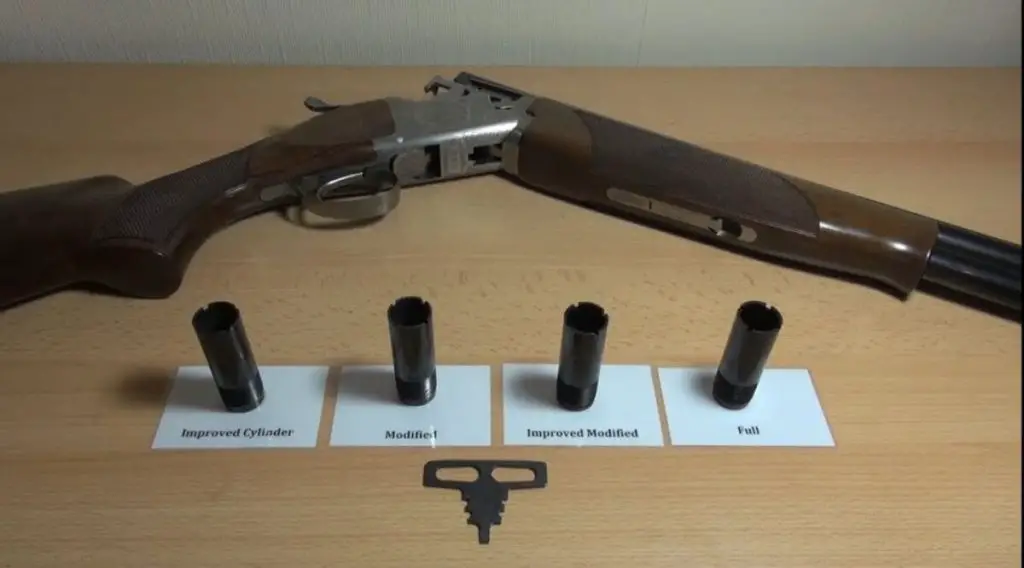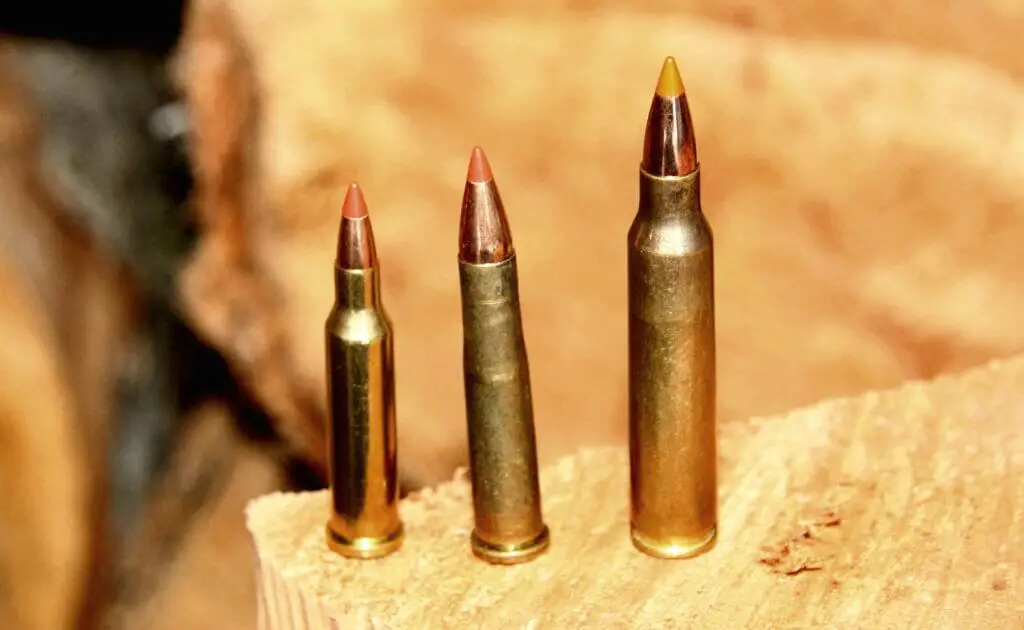When it comes to archery, choosing the right bow is essential. Two popular types are the horsebow and the recurve bow. Understanding how these bows function, their unique features, and their respective pros and cons can aid in deciding which bow aligns with your specific archery goals. This blog post provides a comprehensive analysis of each type, aiming to cater to both novice and seasoned archers.
Elucidating the Horsebow
What is a Horsebow?
The term ‘horsebow’ originates from traditional archery used by nomadic tribes. These tribes were often horse-riders, leading to a bow design well-adapted for use on horseback. The horsebow has a unique composite construction, historically combining elements like horn, wood, and sinew to form a resilient, compact, yet powerful weapon.
Key Features and Benefits of a Horsebow
Having morphed considerably with the passage of time, horsebows today are renowned for their compact design, flexibility, and force. These bows have the capacity to deliver swift and powerful shots, which makes them ideal for mounted archery and hunting.
They have a symmetrical, reflexed design, meaning the limbs curve away from the archer when unstrung. This feature is a huge advantage as it allows the bow to be shorter, lighter, and easier to handle, especially on horseback.
Drawbacks of the Horsebow
While many archers favor the horsebow’s efficiency and compact design, beginners may find mastering it a challenging prospect. The absence of an arrow rest and the need for a thumb draw (instead of a three-finger draw) require more skill and precision.
Understanding the Recurve Bow
What is a Recurve Bow?
Recurve bows, widely used in modern archery, are named so due to their distinct shape. The tips of the bow curve away from the archer when the bow is strung. This unique design aids in providing extra power and momentum to the arrow, without requiring the archer to increase their draw length or bow weight.
Key Features and Benefits of a Recurve Bow
The recurve bow’s design enables the archer to shoot with more power while using the same amount of energy as compared to other bow types. They also typically include a built-in arrow rest, making it easier to hold the arrow steady and aim. Additionally, recurve bows can be disassembled for easy transportation, a feature often lacking in horsebows.
Recurve bows are versatile, and their use extends beyond hunting. They are the exclusive bow type used in Olympic archery, offering more precision than power.
Drawbacks of the Recurve Bow
Despite their numerous advantages, recurve bows may not be ideal for those seeking to participate in mounted archery or hunting in narrow areas. They are usually larger than horsebows, which may hinder mobility. Moreover, while they require less precision than horsebows, they demand more strength due to their increased draw weight.
Comparing Horsebows and Recurve Bows
| Aspects | Horsebow | Recurve Bow |
|---|---|---|
| Design | Compact and symmetrical | Larger with recurved tips |
| Usage | Ideal for mounted archery & hunting | Ideal for target archery & hunting in more open areas |
| Learning Ease | May be challenging for beginners | Fairly easy to learn |
| Transportation | Easy due to smaller size | Can be disassembled for transport |
Making the Choice: Horsebow or Recurve?
Choosing between a horsebow and recurve bow ultimately depends on personal preference and the specific requirements of the archer. If precision, versatility, and ease of handling are more significant, a recurve bow might be the better option. Conversely, if an archer values compactness, force, and tradition, a horsebow could be the ideal pick.
In summary, both horsebows and recurve bows hold their unique merits, making them dynamic tools in the world of archery. The choice between the two should be driven by personal skill level, individual interests, and the precise aim and application of the bow. Understanding these factors will guide archers towards the perfect bow for their needs, and cultivate a more engaging and fulfilling archery experience.
Frequently Asked Questions
Is a horsebow a recurve bow?
Yes, a horsebow is a type of recurve bow. The term “horsebow” refers to a specific style of recurve bow that was historically used by mounted archers, particularly during the Middle Ages. Horsebows are known for their short length and distinct design, which allows for greater maneuverability while shooting from horseback.
What is a horsebow?
A horsebow is a type of recurve bow that was traditionally used by mounted archers. It is characterized by its shorter length, typically ranging from 48 to 54 inches, which makes it easier to handle while on horseback. The limbs of a horsebow are curved away from the archer when the bow is unstrung, and they bend towards the archer when the bow is drawn, hence the term “recurved” bow.
How accurate are horse bows?
Horsebows can be very accurate when used by skilled archers. Due to their shorter length and recurved design, horsebows can be more forgiving and easier to shoot accurately compared to longer and more traditional recurve bows. However, accuracy ultimately depends on the archer’s shooting technique, practice, and familiarity with their specific equipment.
What is the difference between a recurve bow and a recurve barebow?
A recurve bow typically refers to a bow equipped with accessories such as sights, stabilizers, and other attachments that assist the archer in aiming and stability. On the other hand, a recurve barebow refers to a bare-bones version of a recurve bow without any attachments. It is often used for traditional archery or field archery where shooting without additional aids is desired, relying solely on the archer’s skills and instinct.
- How to Put a Scope on a Mosin Infantry in Tarkov: A Quick Guide - November 7, 2024
- How to Edit a Scope Box in Revit: A Step-by-Step Guide - November 6, 2024
- How to Put a Scope on Mosin Tarkov: Expert Tips for Gamers - November 6, 2024


